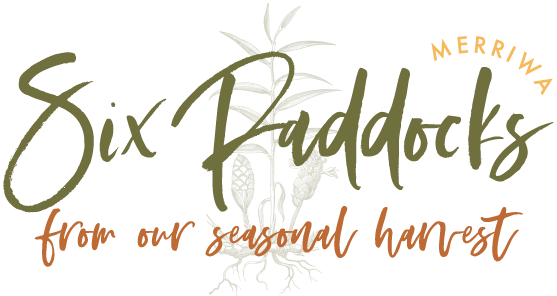Turmeric
Turmeric – Nature's Gift of Gold
We process the highest quality turmeric right here in the Hunter Valley. Our turmeric is grown organically, free from chemical pesticides and insecticides. When we process the turmeric into a dried spice it remains in its purest form and is highly concentrated (it takes between six and seven kilograms of fresh turmeric to make one kilogram of dried spice).
To maintain the integrity of our produce we process a limited amount each year – only what we can handle. Our goal is to preserve the taste, purity, quality and benefits of this natural wonder. Please note: we do not sell turmeric as a medicinal product. Nor do we make any medicinal claims about it. For us, turmeric is food and it our food that sustains us.
A Typical Growing Year
So often we are asked how to grow turmeric. We have dedicated this page to a complete growing cycle. Turmeric is an annual that is ready for harvest in winter (July to late September).
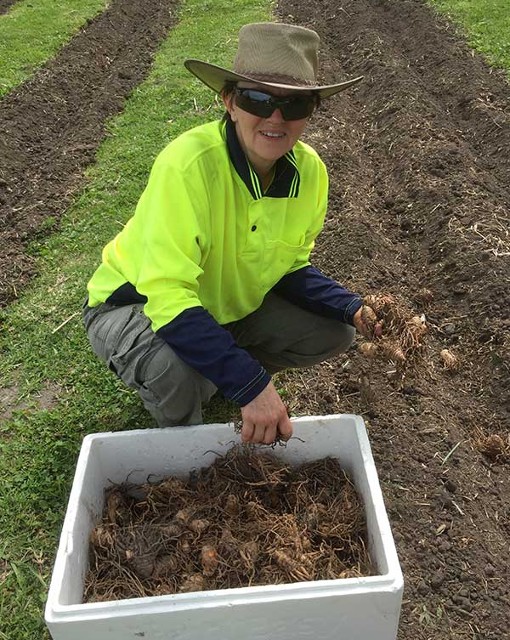
Stage 1 - Prepare and Plant
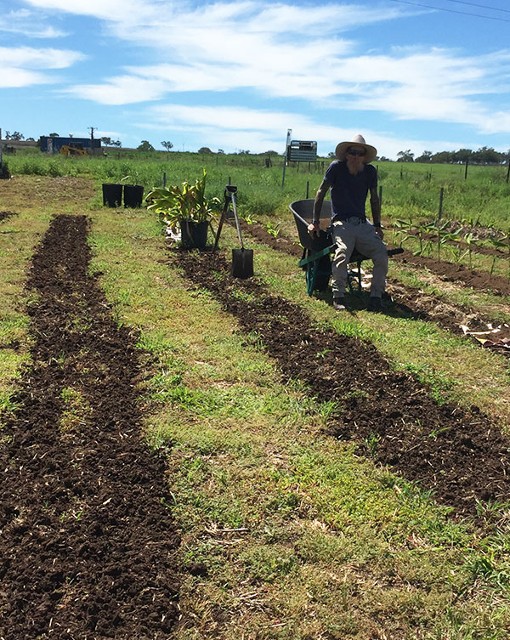
Stage 2 - Protect
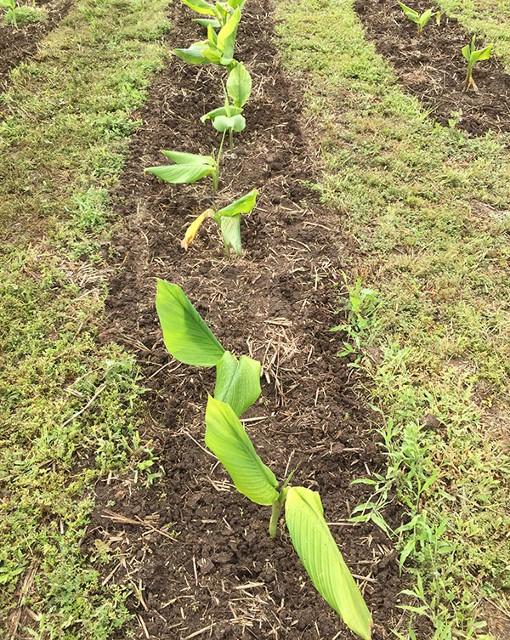
Stage 3 - Making an Appearance
It can take several months before the leaf pops out of the ground, and because there are several months between planting and the turmeric showing itself, it is easy for people to think that the turmeric has died.
This long dormancy can cause people to do two things that they should never do – they stop watering it (because they think the turmeric has died) or water it excessively (thinking they will reinvigorate the rhizome). Both these things are not good practises. Excess watering in particular can cause the rhizome to rot in the ground.
Between planting and popping out of the ground, water regularly but not excessively.
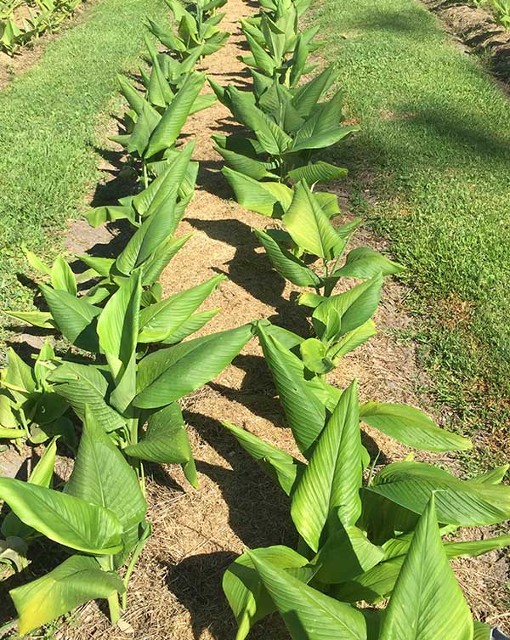
Stage 4 - Weeding and Watering
And don’t forget, keep weeding.
Oh … and the other thing that will happen is you may start to see flowers on the turmeric. Some varieties have a white flower and some have a pink flower.
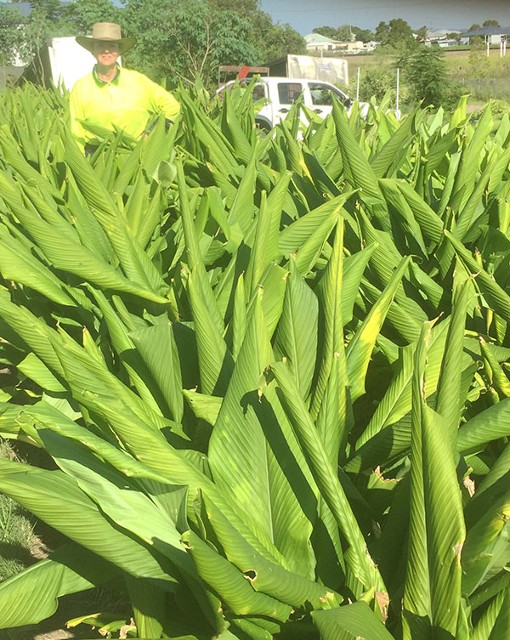
Stage 5 - Full Bloom
The leaves can be used for wrapping food and grilling. In Indonesia they are dried and used as a herb.
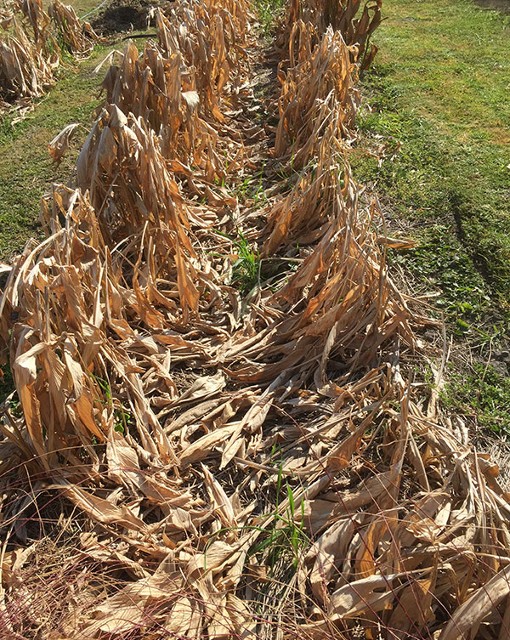
Stage 6 - Pre-harvest
We test the readiness by pulling on the leaf. If some of the leaves are starting to separate easily from the rhizome, we can start to harvest Now here’s the trick … don’t go clearing all the leaves away from the rhizome before harvesting because the leaves tell you where to dig for the rhizome.
Grab the turmeric while the leaves are still there so they guide you as to where you need to dig.

Stage 7 - Harvesting
We sell our harvest fresh at markets over June, July and August (and sometimes into September if we are a bit behind in the harvest) and we process a certain amount into a range of products including a spice powder, capsules, pickled turmeric and golden paste.

Curcuma longa

Curcuma longa

Curcuma caesia

Curcuma australasica
